Home>Storage Ideas>10 Best Hardwood Floors for Home Renovation
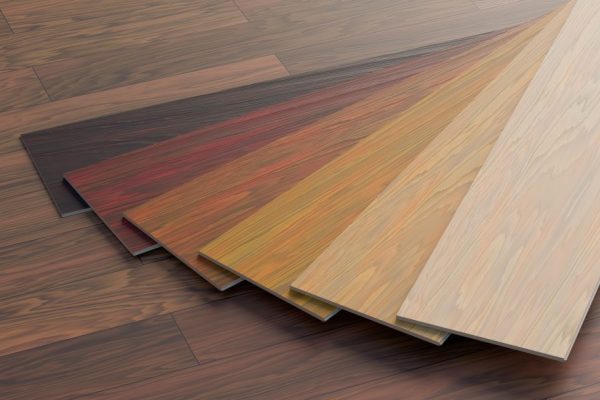
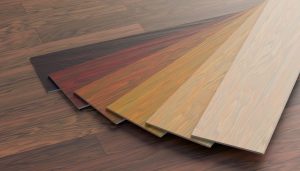
Storage Ideas
10 Best Hardwood Floors for Home Renovation
Modified: December 6, 2023
10 types of hardwood floors you never knew existed! Get insights on these EXOTIC woods that will make your home sparkle to a whole new level.
(Many of the links in this article redirect to a specific reviewed product. Your purchase of these products through affiliate links helps to generate commission for Storables.com, at no extra cost. Learn more)
Hardwood flooring is one of the most timeless elements of interior décor. It gains character as it ages, just like leather and a bottle of good red wine. Undoubtedly, it will stay popular forever, so consider it an investment in your home.
Wooden flooring works in almost any room of the house except baths and laundry rooms. Wood is a natural absorber of water so it’s more susceptible to water damage.
There are different types of wooden flooring, of which hardwood is the oldest and most durable. We’ll touch on the different types in this article so you can get an understanding of each and we’ll also show you the different types of hardwood flooring to choose from.
What Is Durability?
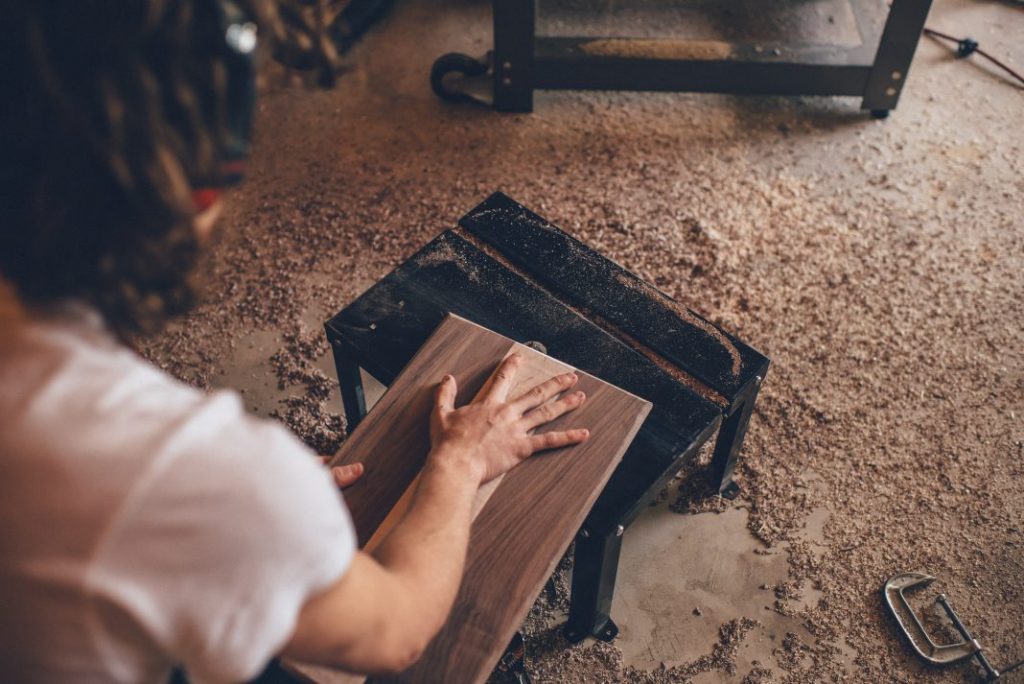
Durability can mean longevity or resistance to a range of exposures like splintering, scratches, dents, and maintenance. Hard species will withstand wear and tear while softer species tend to show scratches. Fine grains and higher density make it more resistant to splintering, however, denser wood can split more easily upon installation if it’s not adjusted to the atmosphere.
The Janka Hardness Scale ranks wood density to indicate the durability of the floor. The higher the rank, the more resistant it is to scratches, dents, and splintering.

Read more: How To Install Hardwood Floors
Types Of Wooden Flooring
Albeit the cheapest and least durable option of all, it is best known for its resemblance to hardwood because the top layer is photographic. For this reason, it cannot be sanded and refinished and doesn’t resist scratches as well as solid wood.
Engineered wood is an eco-friendlier option than hardwood and best known for its resistance to moisture and less labor-intensive installation process. It is stapled or glued together, or it can float. This means it affixes to itself and not the floor beneath.
It resists moisture better than hardwood because it’s made under hydraulic pressure, where solid wood naturally absorbs moisture. It means engineered wood can be used in a basement and it is resistant to radiant heat elements.
Refinishing is also possible, depending on how thick the layer of veneer on top is.
Also known as hardwood, it is best known for its resistance to scratch & dent. It can be sanded and refinished over and over to repair any dents in the wood and it doesn’t even need to be maintained often. Because of the longevity and low maintenance, it provides a higher resale value for homes. It’s also hypoallergenic and it’s great for resistance to kids’ toys and pet claws.
It is, however, not the best option for intensely moist areas and therefore also an issue for installation in basements. Because hardwood cracks easily when nailed into the surface, it is advisable to leave the panes in the house for two weeks before installation to adjust to the moisture of your area.
Read more: How To Refinish A Hardwood Floor
Types of Hardwood Flooring
Some regard this as hardwood, but it is, in fact, a grass and therefore, an engineered wood. A steaming or boiling process can give bamboo a deeper color and it is definitely not suitable for moist areas.
Ranking 1360 on the Janka Hardness Scale, oak hardwood is highly resistant and also the most popular of all hardwood types. Both red and white oak have the same ranking on the Janka Scale.
Oak is timeless and popular because it is not only used in furniture, but it goes well with many types of interior décor. With its golden undertone, it’s enough to brighten any room, and the best part is that you won’t even need a carpet to enhance décor.
Stained oak sometimes becomes a two-tone color if stained and aged. Some find this attractive where others find it distracting, so speak to experts and choose wisely.
Used for indoor basketball courts and dance floors, it’s no wonder maple is such a durable hardwood option. Ranking 1450 on the Janka Hardness scale, it’s perfect for high-traffic areas in any home.
Maple has a natural cream color and fine grains, some straight and some swirly with birds’ eyes. It doesn’t absorb stain well so it stays a light color and you’ll find it hard to get a specific stain color with this wood.
Maple is both dense and finely grained and therefore resistant to splintering.
Rosewood is fairly new to the flooring family, but it’s been used for centuries in furniture manufacturing. It ranks a whopping 3170 on the Janka Hardness Scale.
This is an unevenly patterned wood, even more than oak. It’s not likely to get a smooth color on this wood as it has many light and dark patterns that will just get characterized over time. It is a darker wood with a very light red undertone in its blonde streaks.
Walnut hardwood ranges from yellow to chocolate brown in color. It has high durability (1010 on the Janka Scale), so also a good option for high-traffic areas.
The grains are straight and it has quite the exotic look with its darker coat. Flair your taste with this one.
Cherry wood ranges from blonde to reddish-brown and has a pink undertone. Its features will deepen in color over time. It’s a lighter wood than Brazillian cherry and also a less durable. With a Janka Scale ranking of 950, be aware that it tends to scratch more easily. Luckily, it can be refinished like all hardwoods.
Brazillian Cherry is not necessarily a darker color than normal cherry, but it’s a much deeper and vibrant color. In addition to this, it ranks 3500 on the Janka Scale and its also fire and bug resistant due to its density.
This hardwood has an exquisite look and doesn’t go with any type of interior décor, but when done right you’ll have a classy, warm atmosphere.
Pine is better known as character wood or softwood and has a low Janka Scale ranking between 380 – 420. There are other types of Pine, like red Pine with a ranking of 1630. This wood has a rustic look and it’s easy to stain to get a specific color. Therefore, it gains character over time and it’s perfect for a calm atmosphere with a still inviting look.
Hickory wood is not often used for flooring as it is on the scarce side. With its blonde tones it goes well with many types of interior décor and doesn’t give a rustic feeling in a modern space like pine might do. It ranks 1820 on the Janka Hardness Scale.
Mahogany can sometimes be confused with African Blackwood if seen under light. The differences are in fact vast. Therefore, Mahogany has an almost burgundy undertone with a ranking on the Janka scale of 800. Whereas African Blackwood has a black undertone with the 7th highest ranking of 3 670. In a big space, these two woods are incomparable.
Mahogany is classic and elegant with its fine texture and color and it also develops character over age. Albeit one of the more expensive types, there’s a good reason. It also absorbs sunlight, so its rich color won’t fade away in sunny areas.
What are you waiting for? Get dancing on your living room, bedroom or kitchen floor! You may even be able to profit off these options when you resell your property.
Was this page helpful?
At Storables.com, we guarantee accurate and reliable information. Our content, validated by Expert Board Contributors, is crafted following stringent Editorial Policies. We're committed to providing you with well-researched, expert-backed insights for all your informational needs.
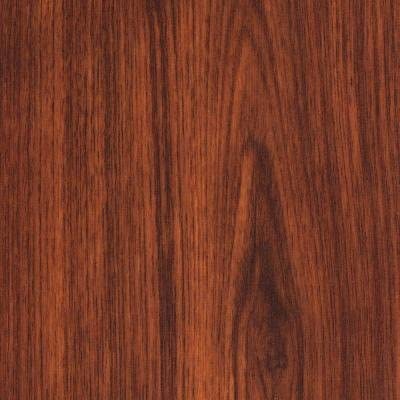
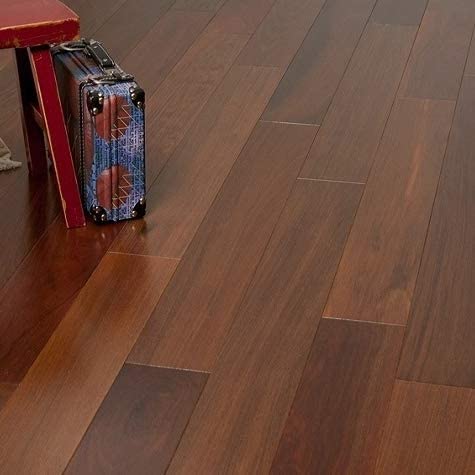
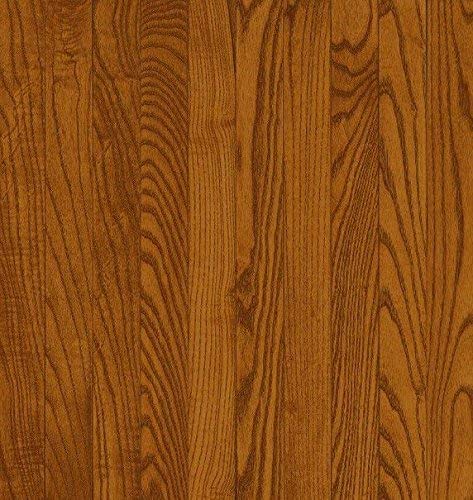
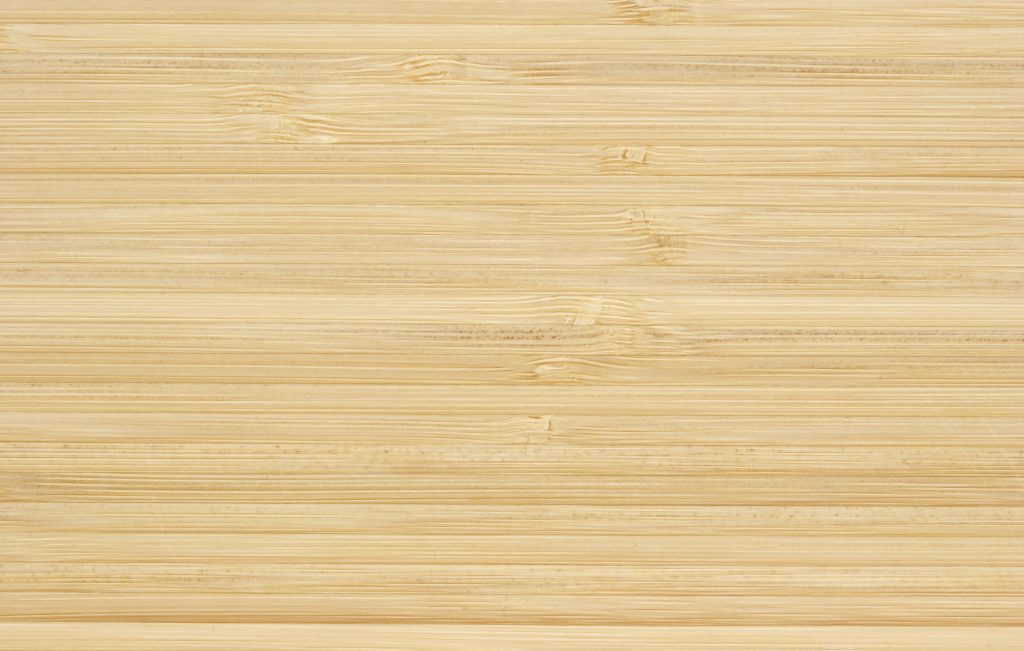
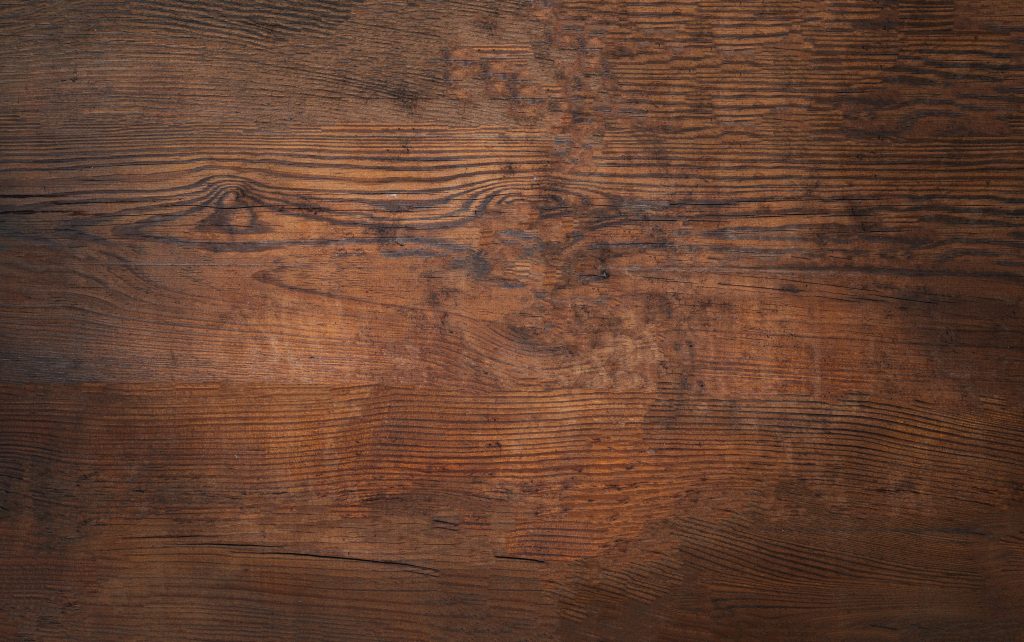
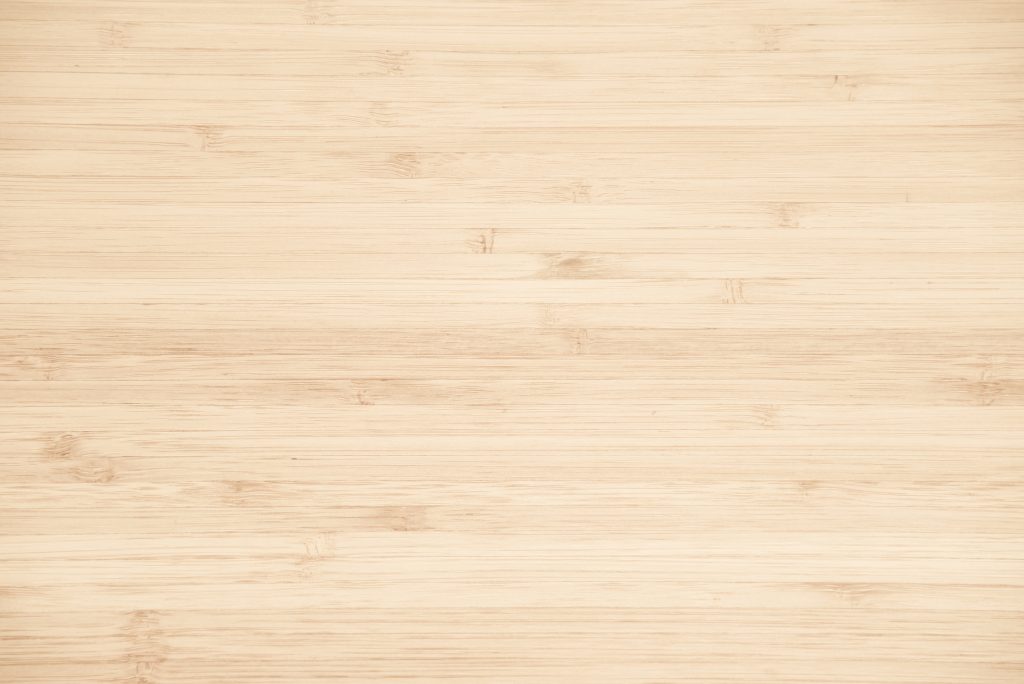
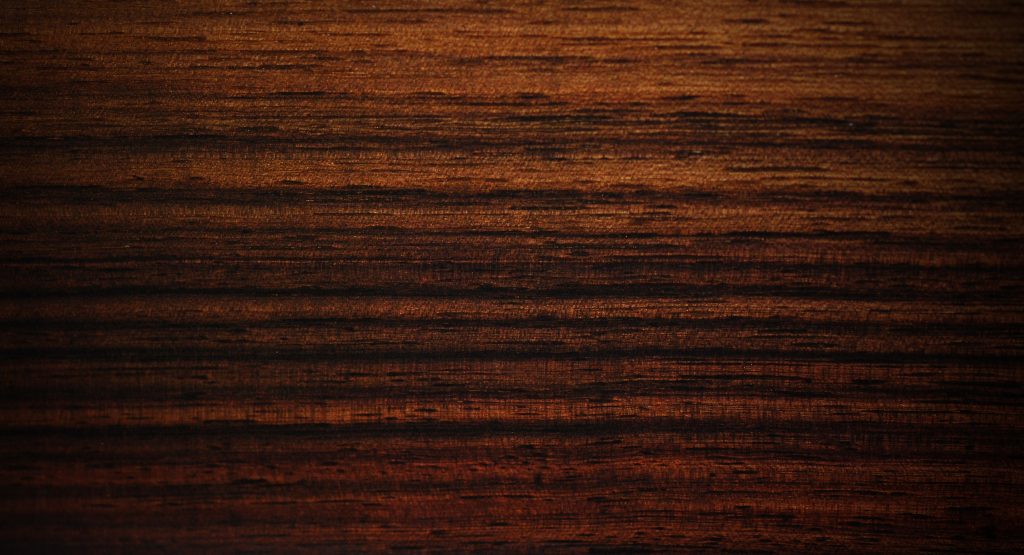
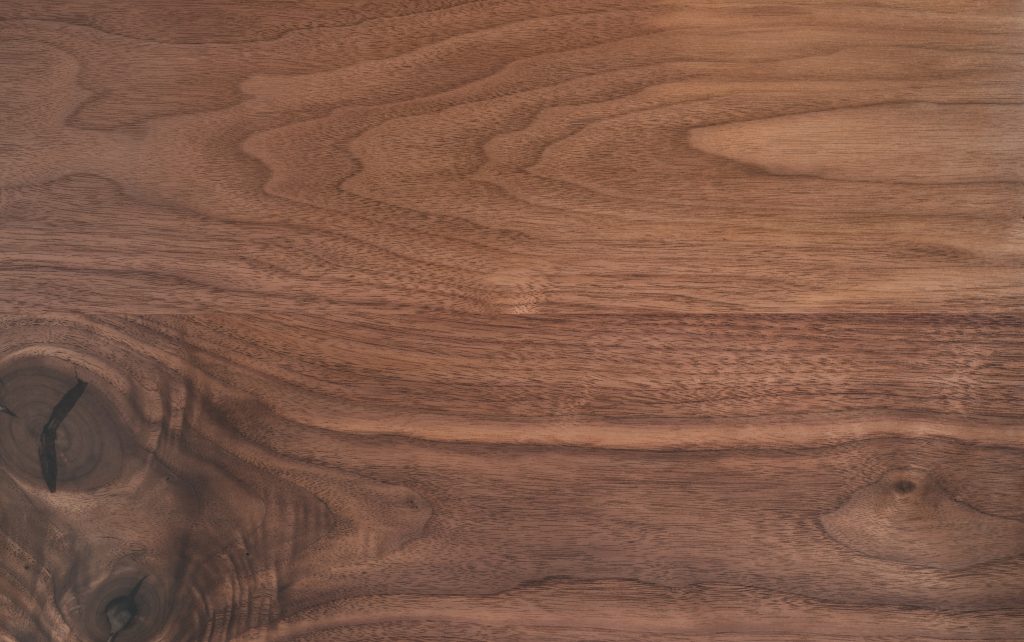
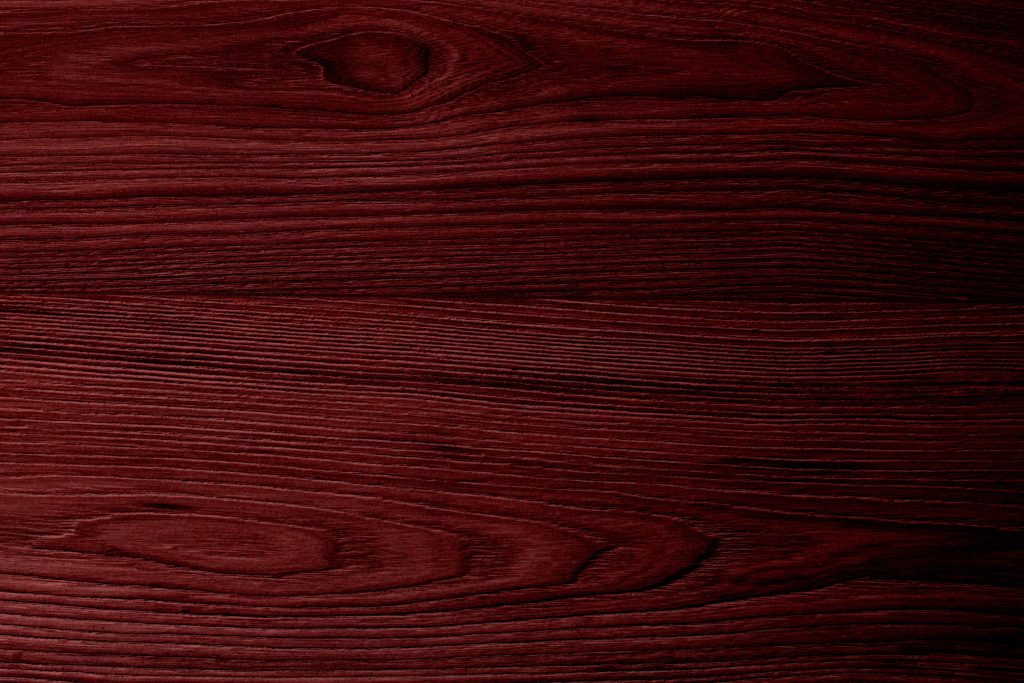

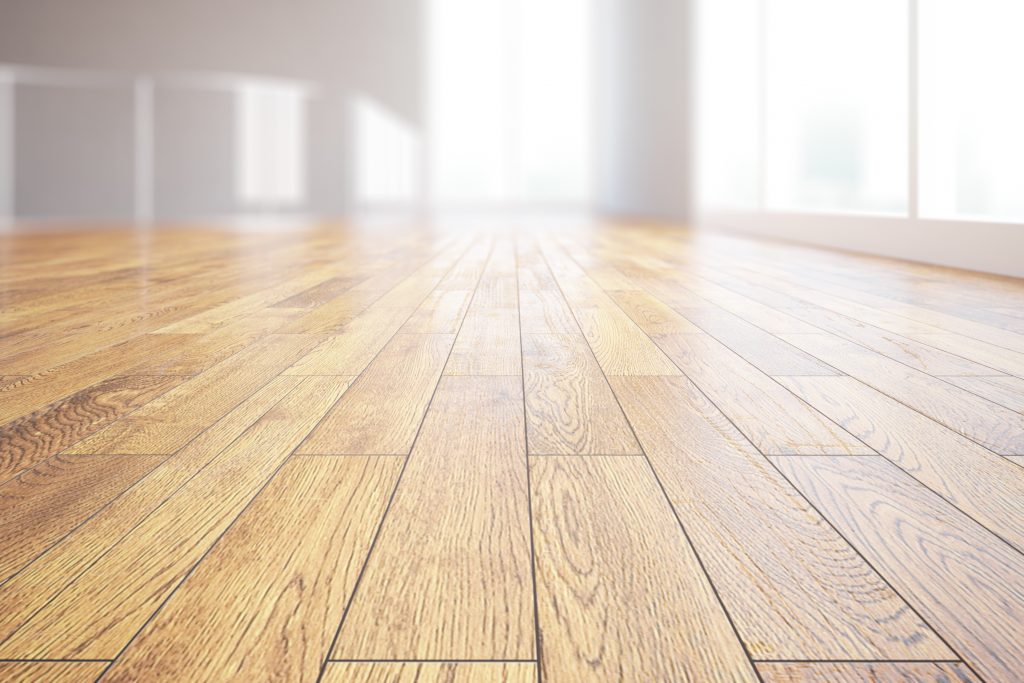
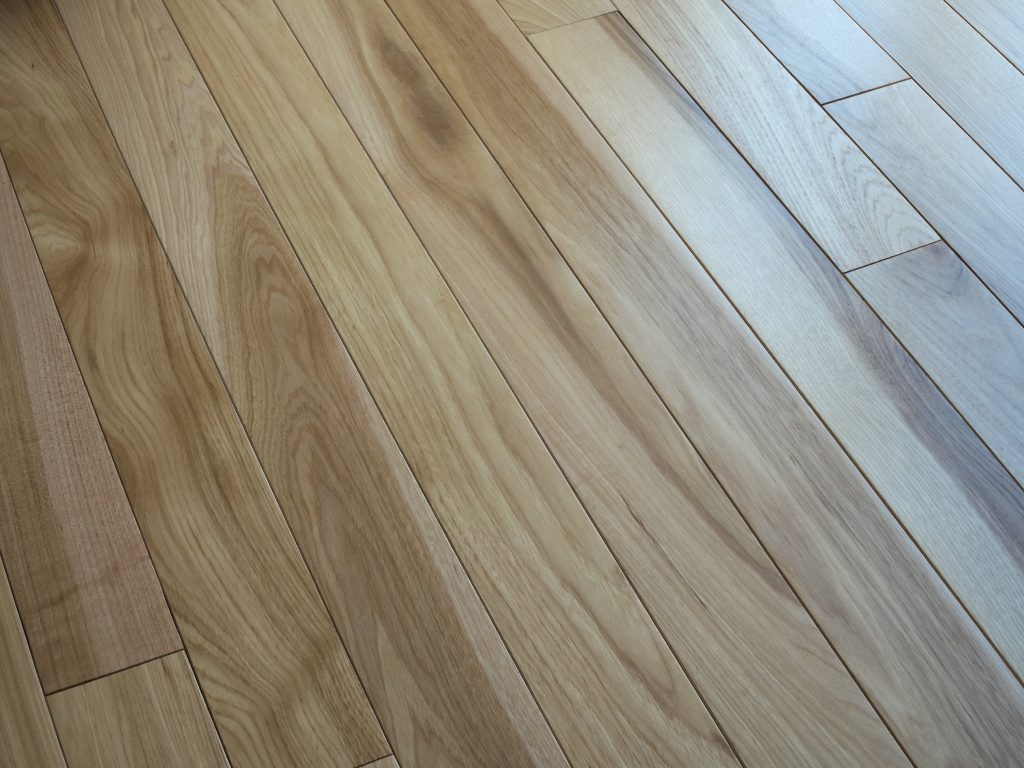
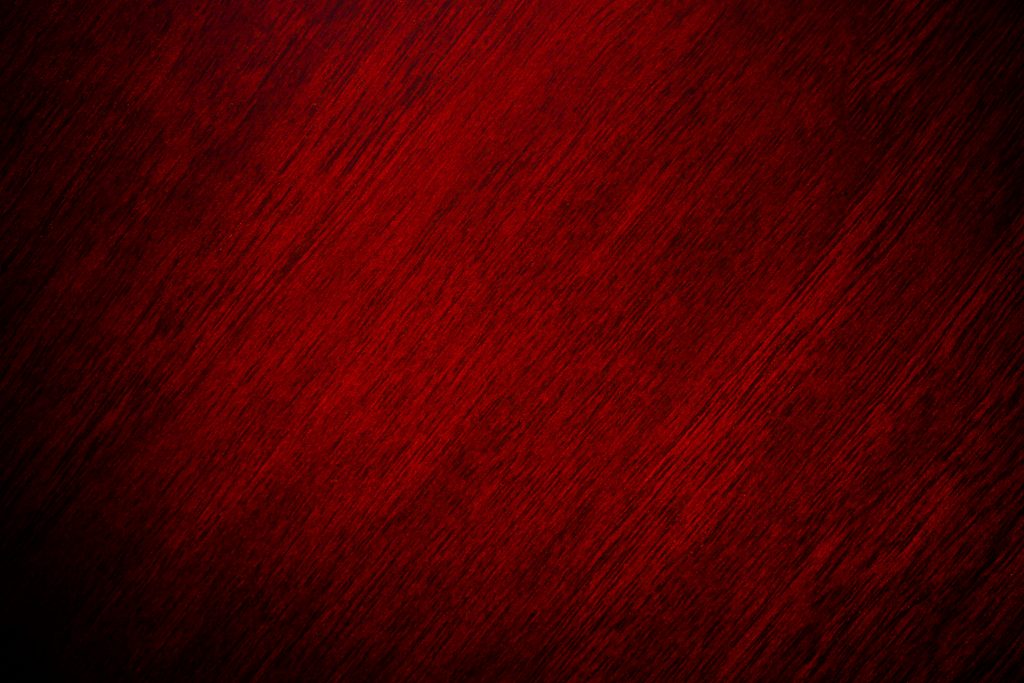
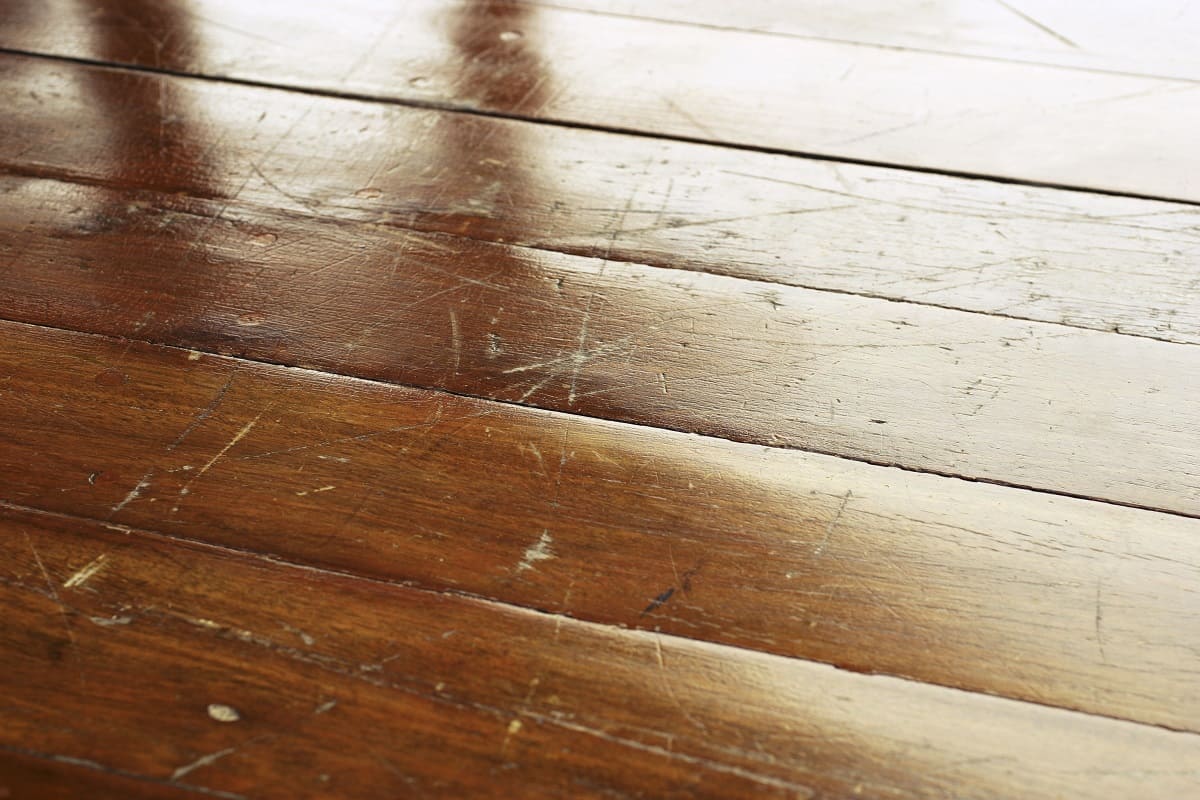
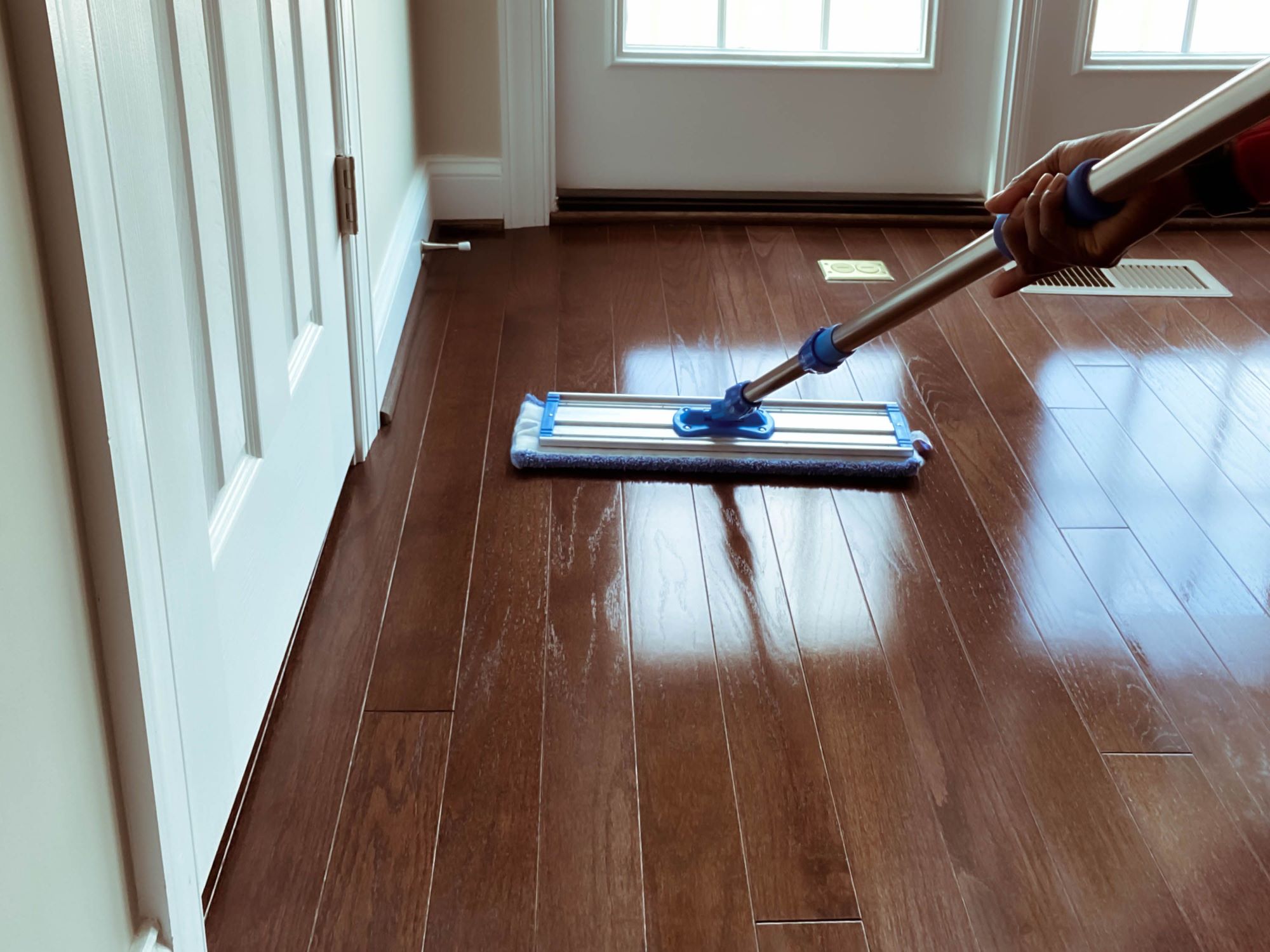
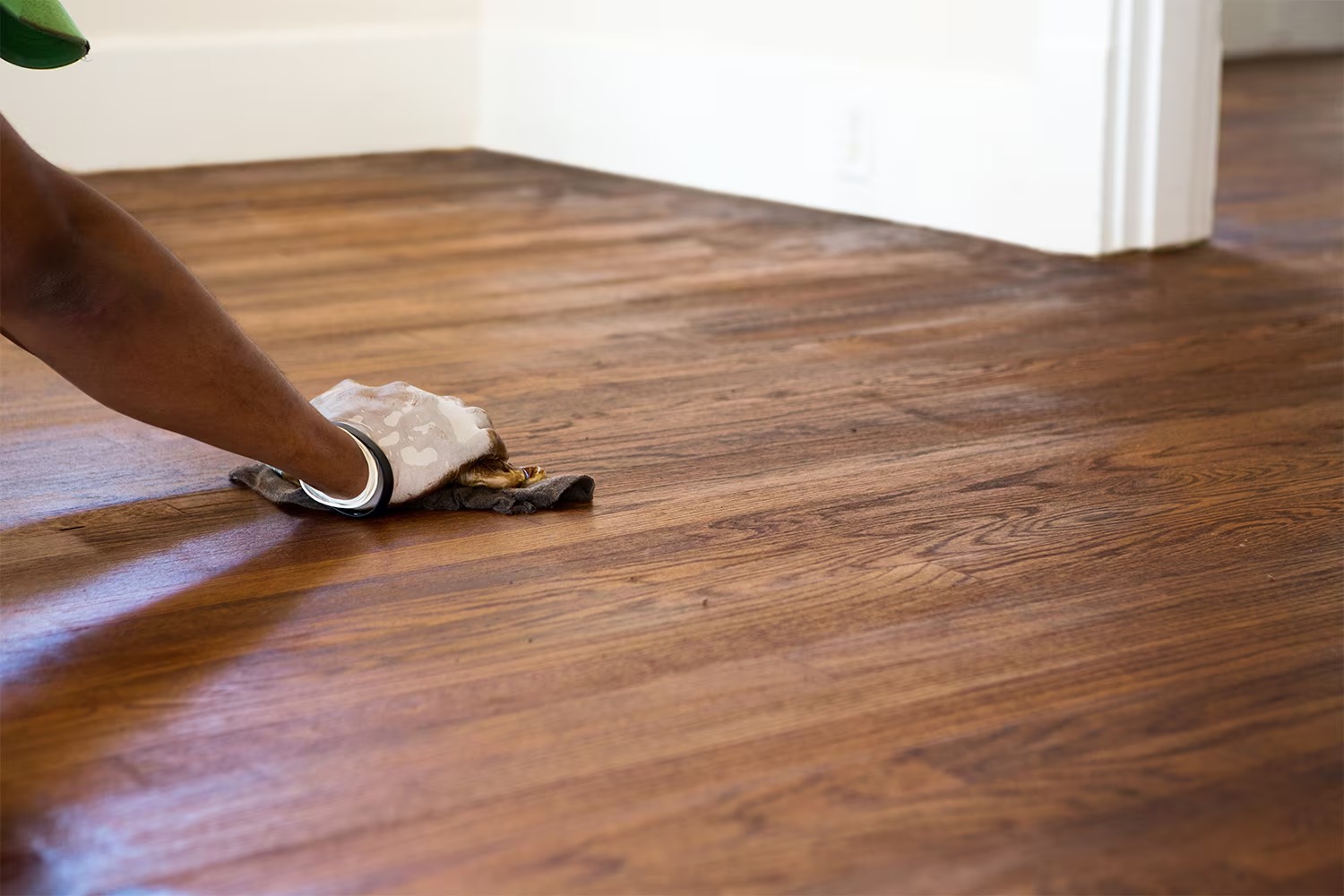
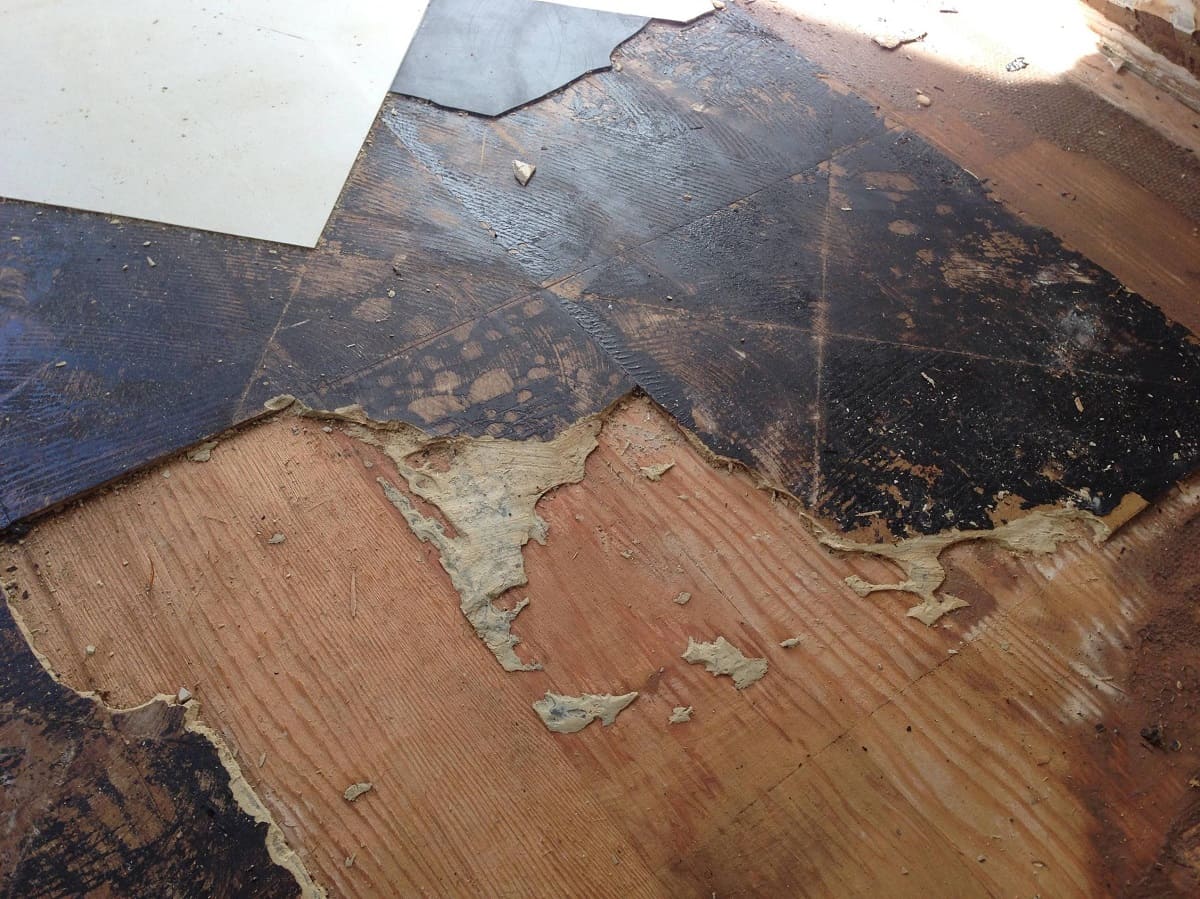
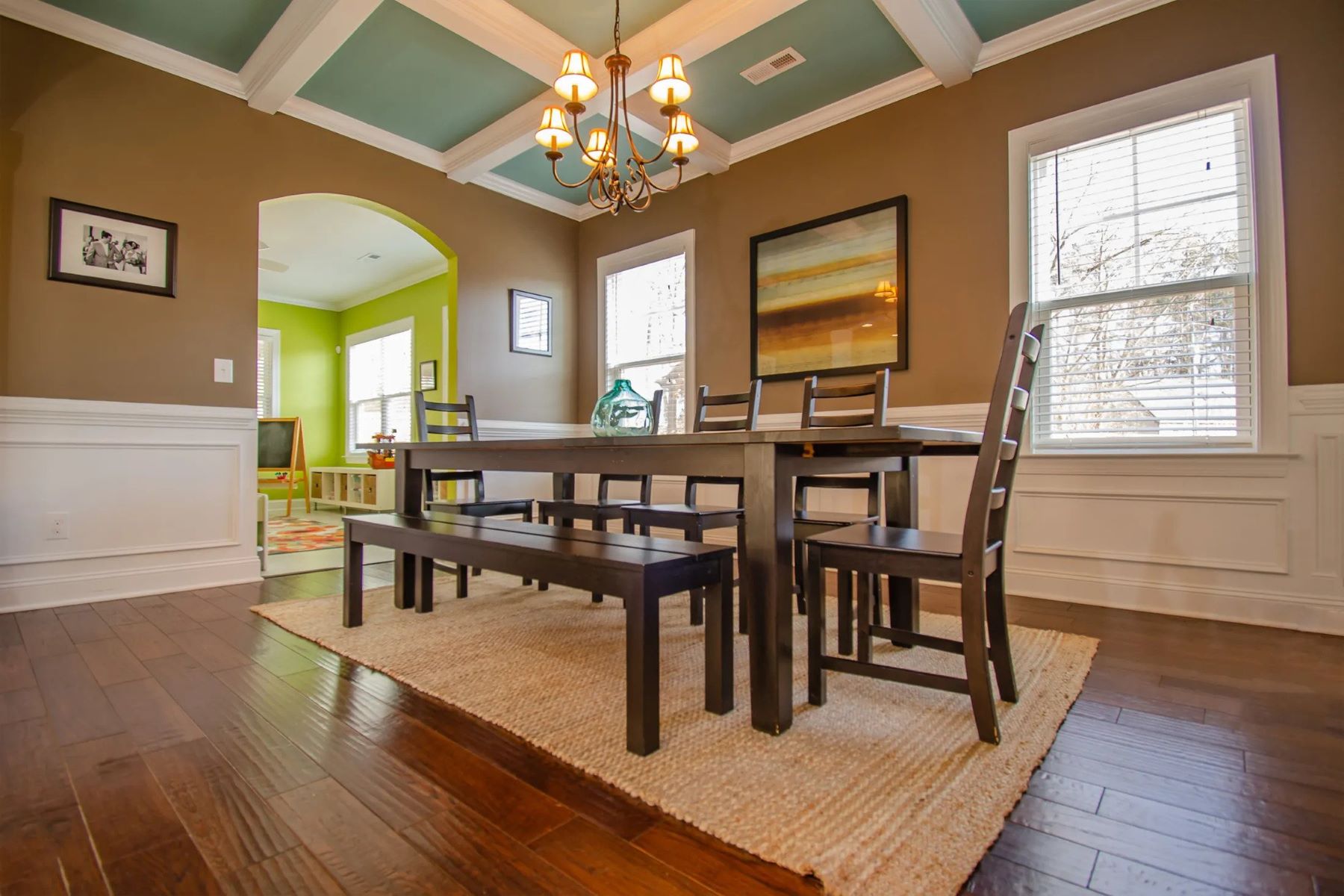
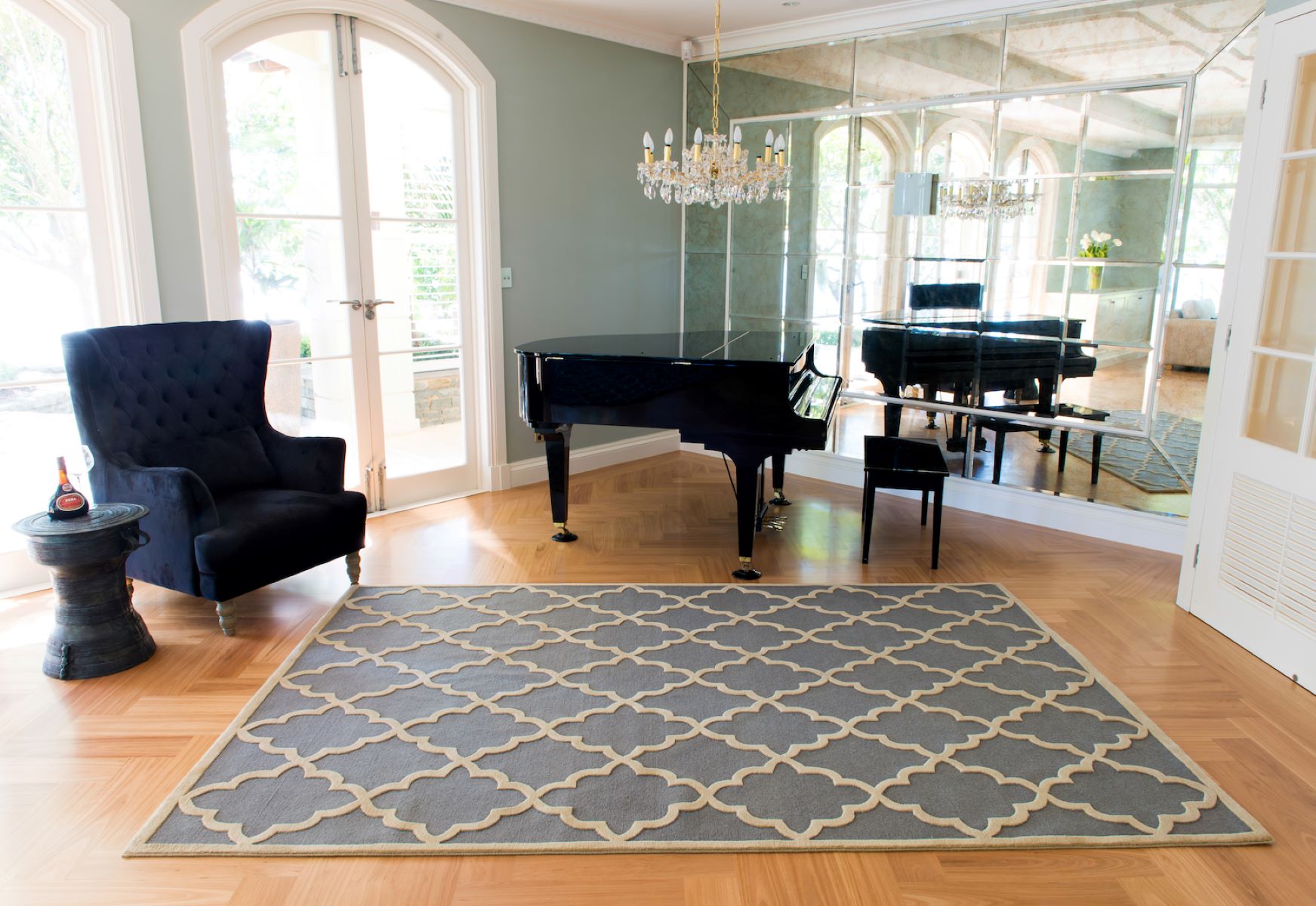
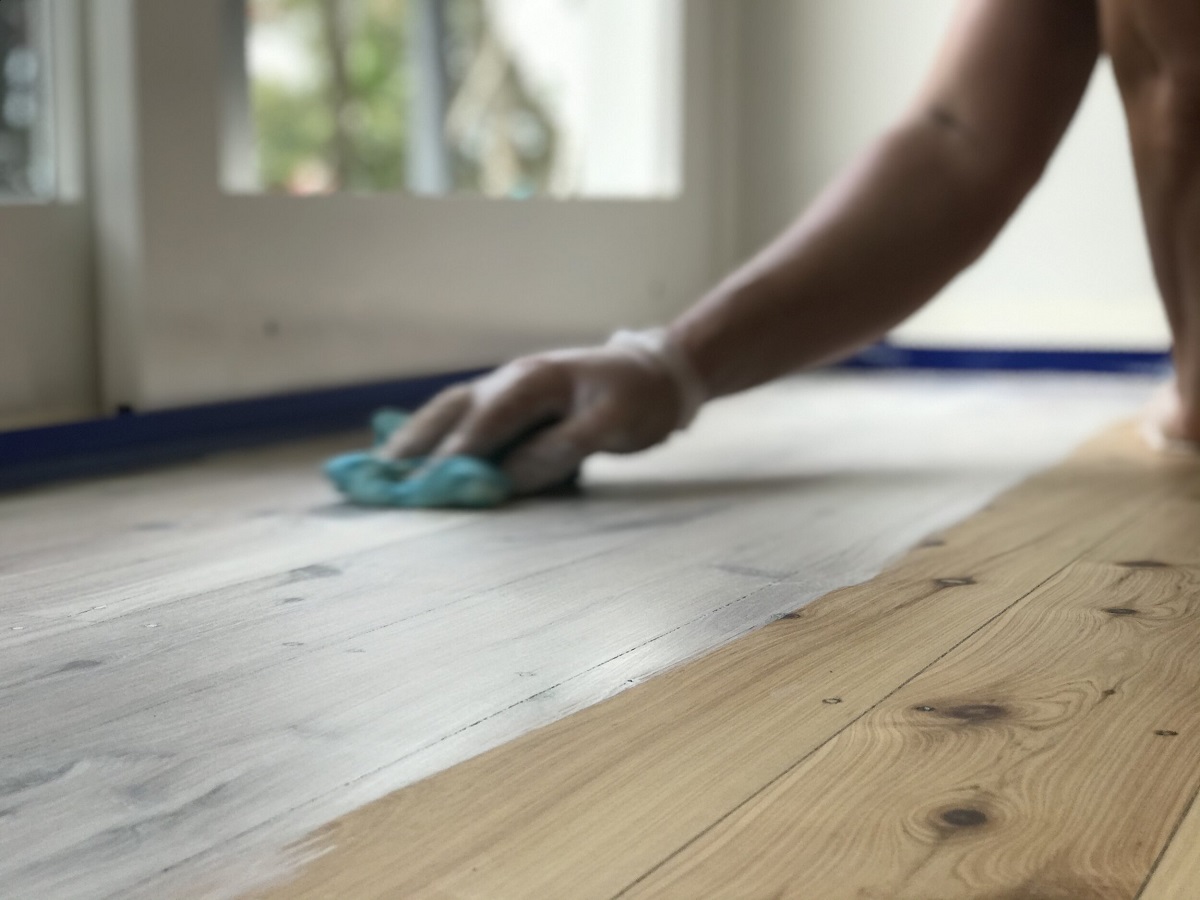
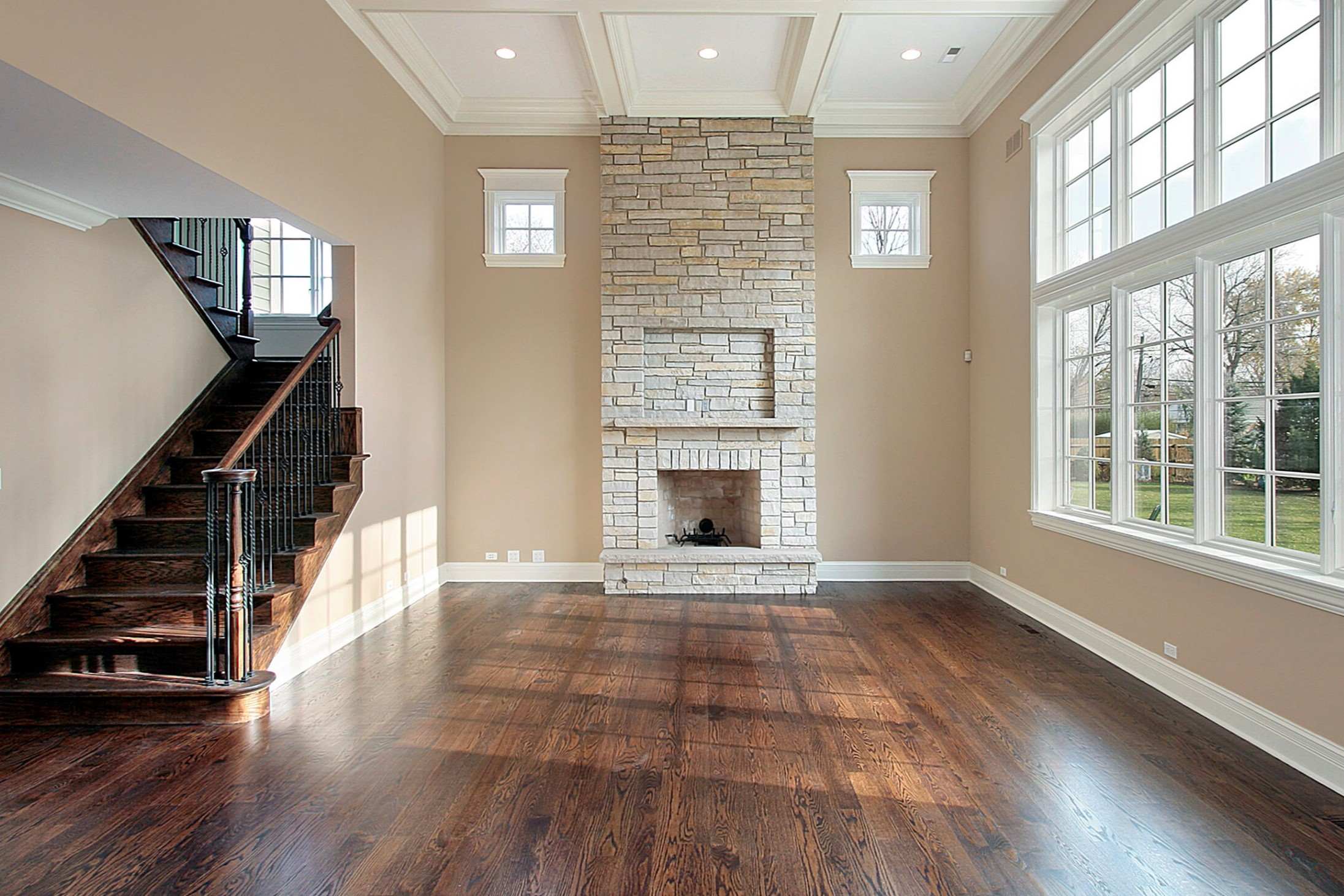
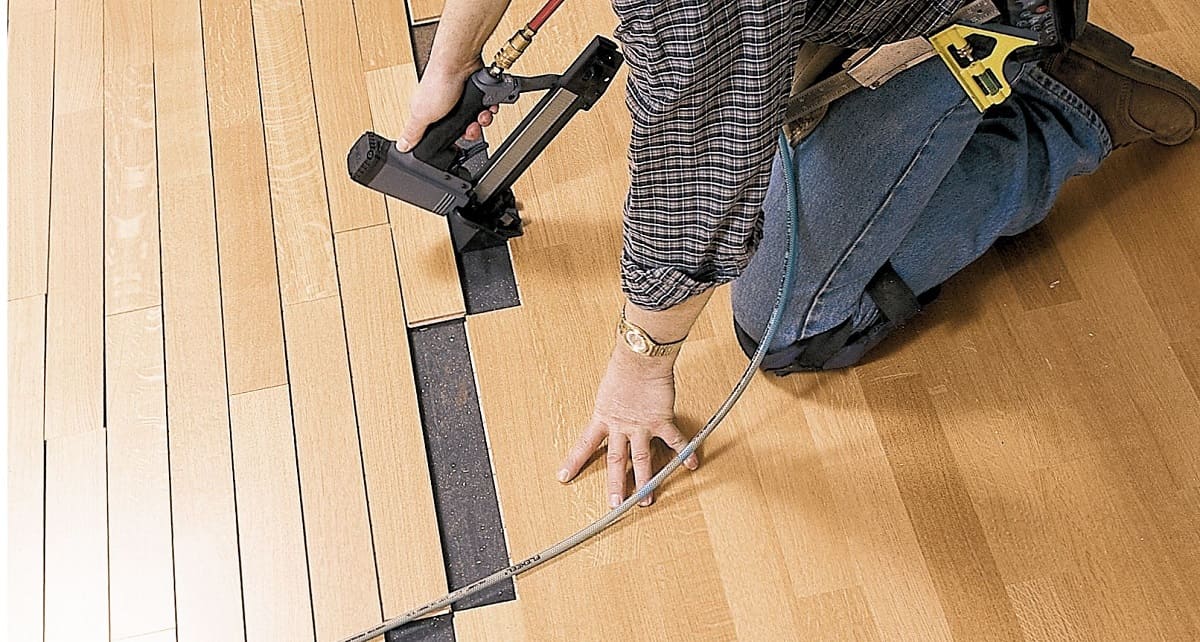
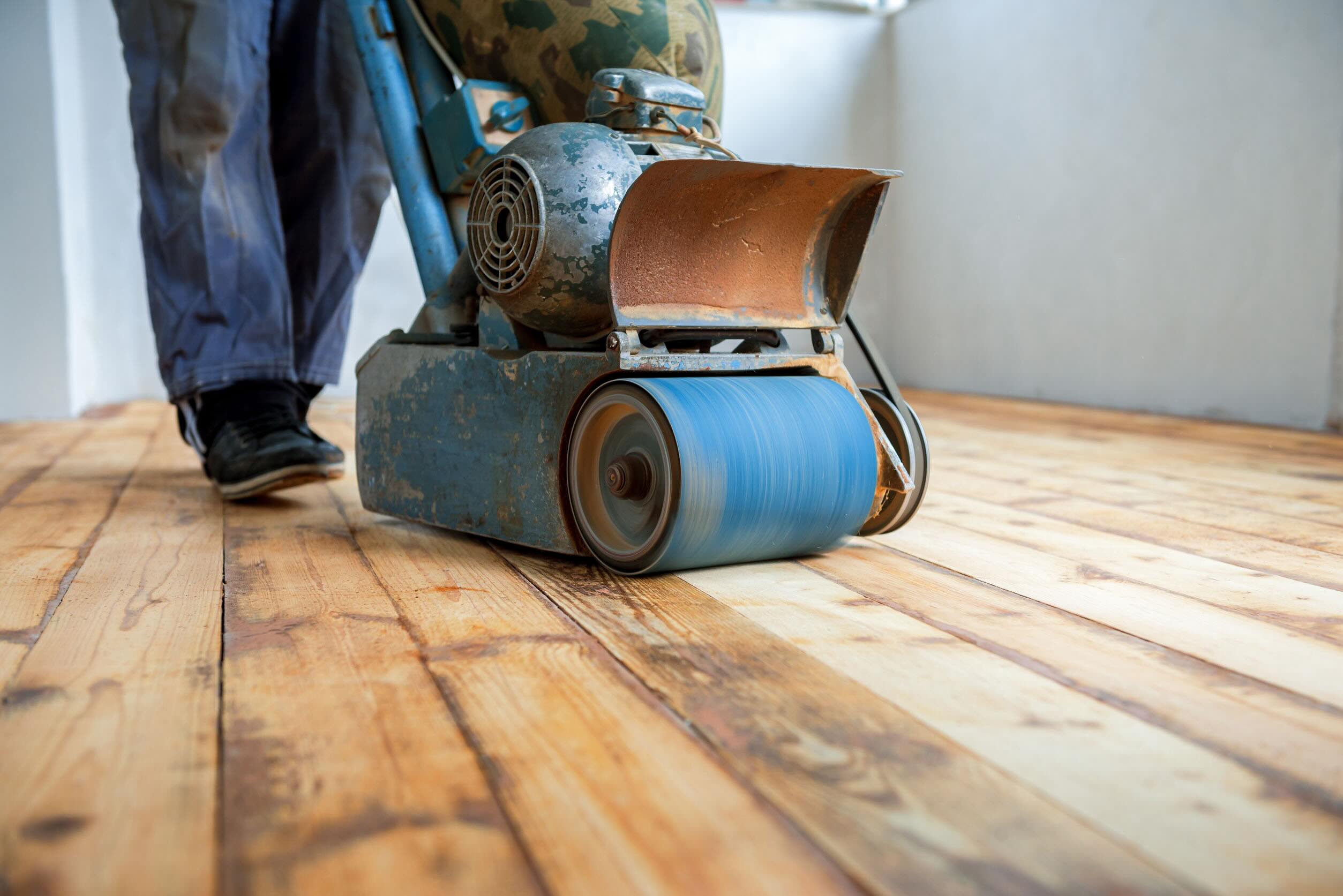
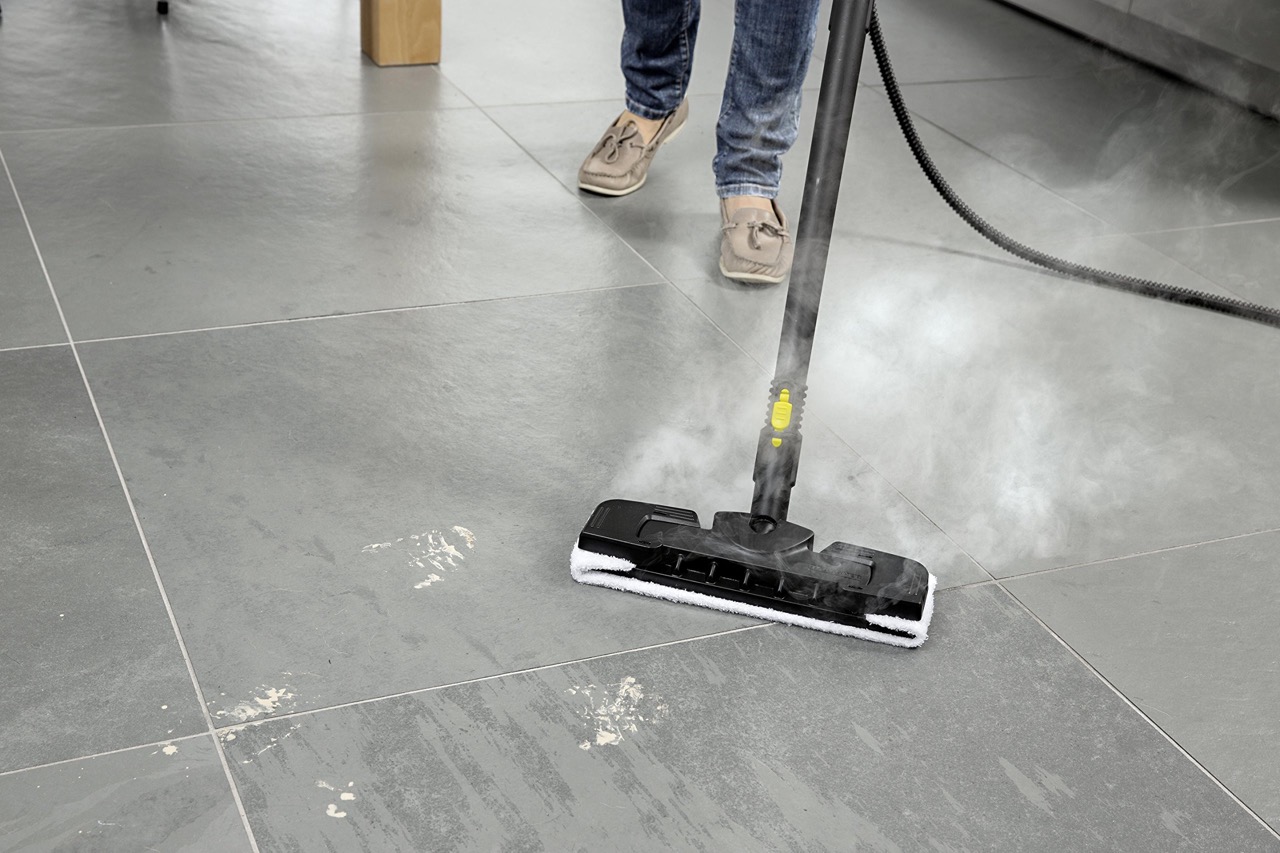
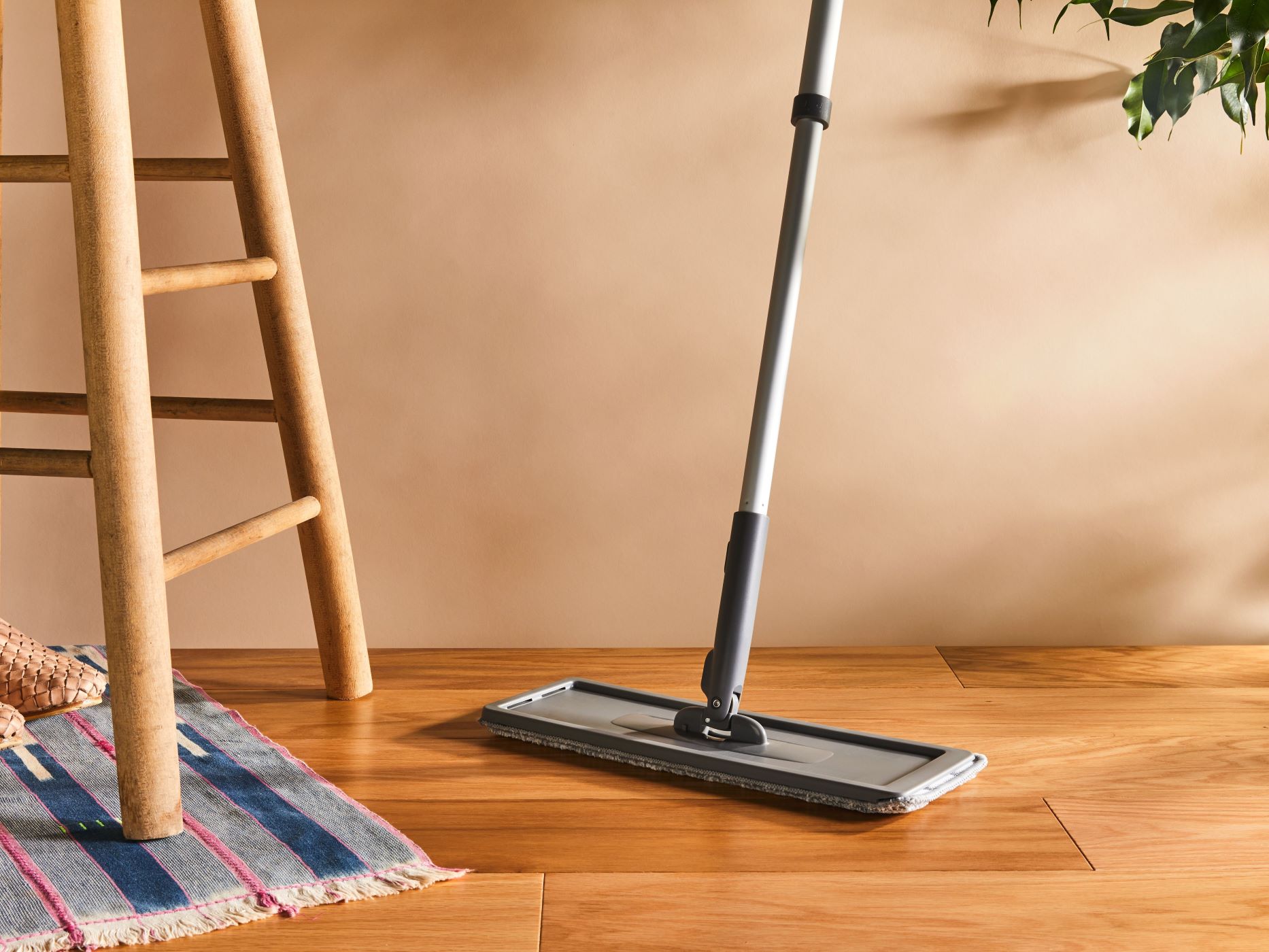

0 thoughts on “10 Best Hardwood Floors for Home Renovation”